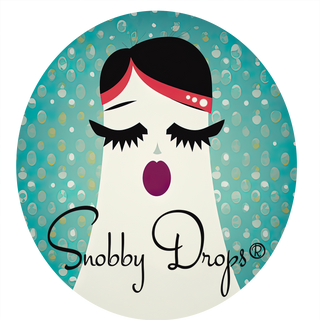undefined
Introduction
Creating comprehensive, SEO-rich blog content is essential for reaching your target audience, increasing organic traffic, and establishing authority in your niche. In today's digital landscape, blog posts must not only engage readers with valuable information but also adhere to best practices for search engine optimization (SEO).
Understanding the Importance of SEO in Blogging
Search engine optimization (SEO) is the process of enhancing your online content to rank higher in search engines like Google. Optimized blog posts draw in qualified traffic, improve brand visibility, and help convert visitors into loyal customers. Implementing SEO involves keyword research, content structuring, internal and external linking, and providing a user-friendly experience.
SEO Best Practices
- Research keywords: Use relevant primary and secondary keywords that align with search intent.
- Organize content with headings: Use H1 for titles, H2 for main sections, and H3 for subsections to improve readability.
- Integrate keywords naturally: Ensure keywords fit seamlessly within the content without overstuffing.
- Optimize meta descriptions: Write concise summaries that encourage clicks.
Creating Engaging and Valuable Content
High-quality blog posts inform, educate, and entertain. By understanding your audience's pain points and interests, you can tailor content that resonates and delivers real value. Comprehensive coverage on topics also establishes your site as a reliable resource.
Key Elements of Valuable Content
- Original insights: Share unique perspectives and practical tips.
- Evidence and examples: Use supporting data, visuals, and case studies.
- Actionable advice: Provide steps readers can implement immediately.
Structuring Your Blog Posts for Maximum Impact
A clear, logical structure improves user experience and aids SEO. Use headings, bullet points, and short paragraphs for skimmable content. Incorporate internal links to direct readers to related articles on your site and external links to authoritative sources for deeper reading.
Recommended Blog Structure
- Title (H1): Clearly state the topic.
- Introduction: Hook the reader and preview the article.
- Main sections (H2): Cover major points; use H3s for further breakdown.
- Conclusion: Summarize key takeaways.
- Call to Action (CTA): Invite readers to engage further (subscribe, comment, or contact).
Optimizing for On-Page SEO
On-page SEO ensures each blog post performs well in search rankings. Beyond keywords and headings, optimize images with descriptive alt text, use short and descriptive URLs, and structure your content for featured snippet opportunities.
Internal and External Linking Strategies
- Internal links: Link to related blog posts or resources within your website to boost SEO and keep readers engaged.
- External links: Reference reputable sources for data, studies, and tools to build trust and authority.
Images and Visuals for Enhanced Engagement
Visuals make your blog posts more appealing and help explain complex topics. Include relevant images, infographics, and charts. Use high-quality, copyright-free visuals or create custom graphics to support your message.
Best Practices for Blog Images
- Compress images to ensure fast load times.
- Add descriptive file names and alt text for SEO.
- Use visuals to illustrate key points or data.
Conclusion
Crafting SEO-rich blog posts requires a balance of technical optimization and genuine value for your audience. By focusing on relevant keywords, structured content, valuable insights, and engaging visuals, you can create blogs that rank well and drive measurable results.
Ready to transform your content strategy? Subscribe to our newsletter for actionable SEO tips and the latest digital marketing insights!


